7 Things To Consider When Designing A Modular Kitchen
The new-age modular kitchen has become a popular addition within urban Indian homes because it is customised as per the requirements of the homeowner. Modular kitchens stand out when compared to the conventional carpenter-made ones because they are ergonomic, they maximise storage and are convenient to use. Since modular kitchens are factory-manufactured, they have to be planned in detail because no changes can be incorporated when the modular kitchen is under production.
1. Plan The Layout
Depending on the size of the kitchen choose a straight, L-shaped or U-shaped layout which ensures good work flow. Follow the golden triangle rule so that the hob, the refrigerator and the sink become the focal point of the kitchen and the distance between each point ranges between 4 to 9 feet.
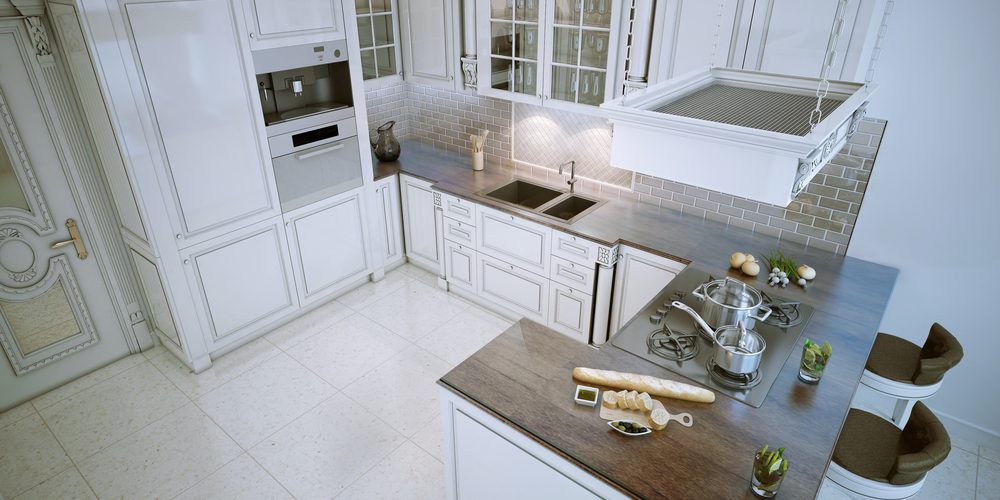
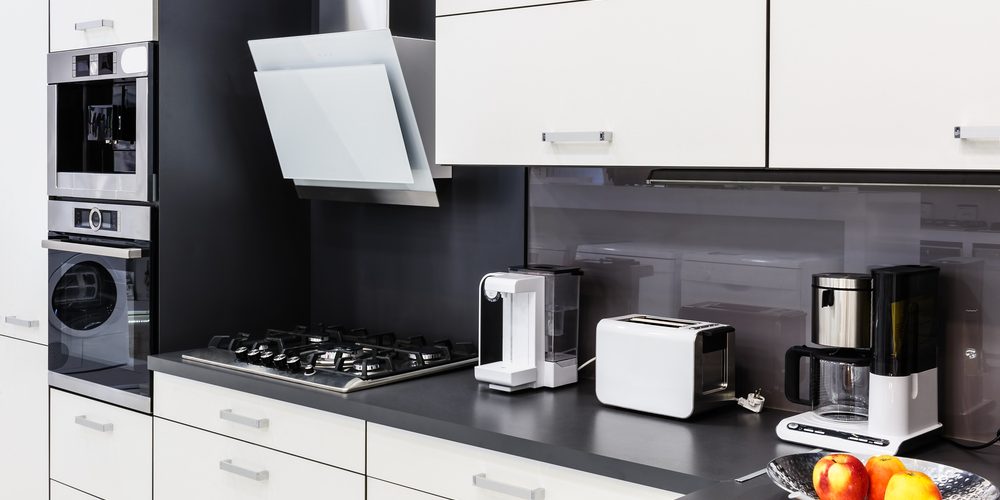
2. Choose The Kitchen Appliances
Select the kitchen appliances during the design-phase of the kitchen so that they can be integrated within the layout according to their exact sizes. Introduce adequate plug points for all the appliances. Finalise the position of the cooktop-cum-chimney unit and choose a chimney with a high suction power so that it can eliminate the odours and create a smoke-free space.
3. Optimise Storage
Analyse the storage requirements of the home and consider differently-sized drawers and cabinets for storing spices, pots, cutlery, utensils, electronic appliances and so on. Opt for a dedicated pantry unit for storing all the dry kitchen ingredients. Optimise the vertical storage by increasing the height of the overhead cabinets till the ceiling level. Note that if there is a gap between the overhead cabinets and the ceiling, then the cabinet top accumulates a lot of dust.
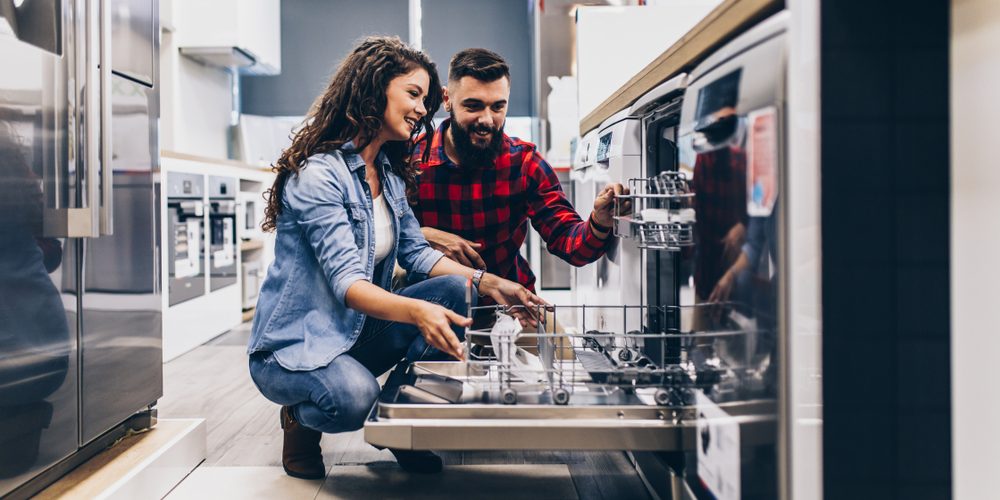
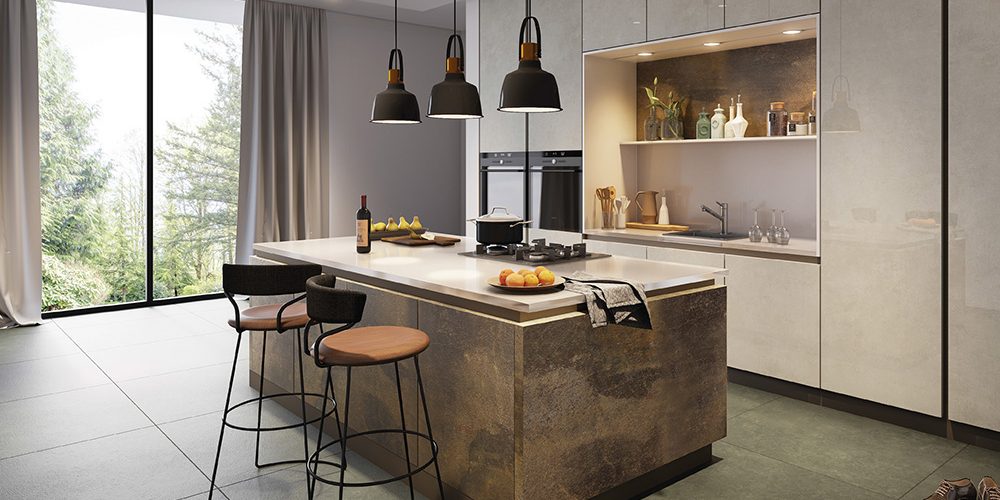
4. Select The Materials
It is advisable to go for BWR (boiling water resistant) plywood instead of less durable materials like MDF, HDF or particle board which may get damaged in moisture-laden conditions. One has to choose between acrylic, laminate, membrane finish and duco paint finish for the exterior finish of the kitchen cabinetry. Materials like granite and quartz are the most preferred countertop materials. Avoid using marble because it is a porous material which makes it prone to staining.
5. Colour Combination
Choose a single colour or go for a two-tone colour scheme with contrasting colours. Consider a matte finish for the kitchen cabinets because a glossy finish shows fingerprints and smudges easily.
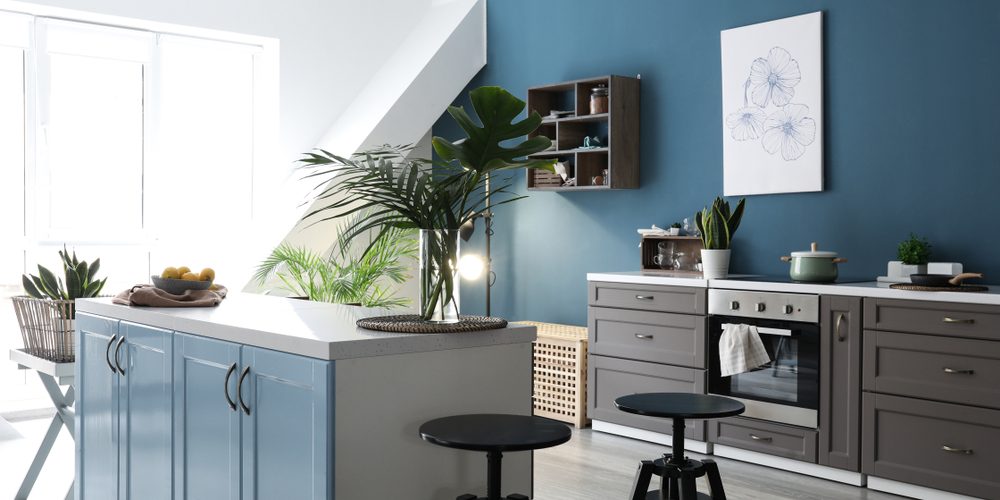
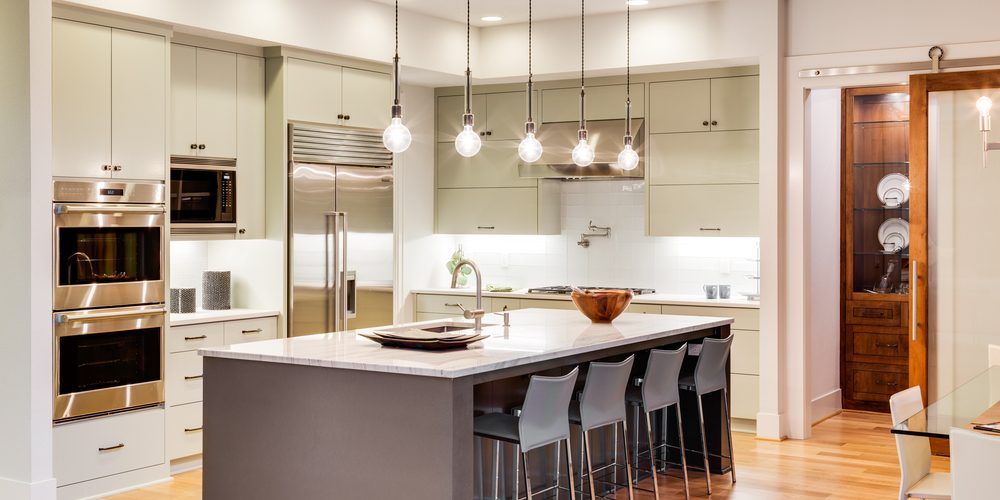
6. Introduce Under-cabinet Lighting
The ceiling lighting is responsible for the general lighting of the kitchen but the overhead cabinets cast shadows and create dark zones on the countertop. It is highly recommended to make provision for under-cabinet lighting to illuminate the countertop so that there is adequate task lighting for food preparation and cooking.
7. Modular Kitchen Accessories
Choose from a wide range of accessories like bottle pull-outs, pull-out baskets, tall units, cutlery organisers, corner units and under-sink accessories and integrate them within the kitchen design.
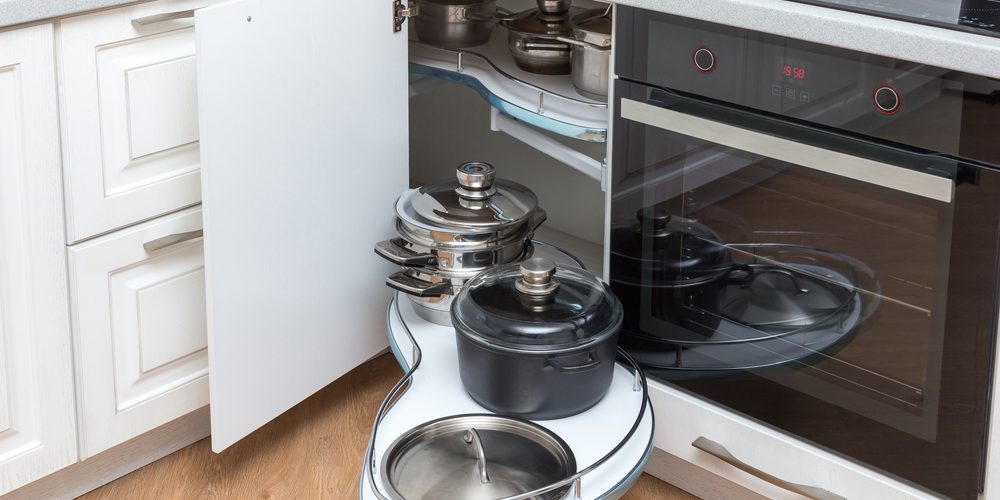
Quick Links
Product Categories
Email Us
- info@primoliving.in
Call Us
- 022 35673454
Store Location
- Primo, Prathamesh Galaxy, Off Adi Shankaracharya Marg, Next to NTPC and Wadhwa Solitaire, Opp. Powai Lake, Powai, Mumbai – 400076
